Table of Contents
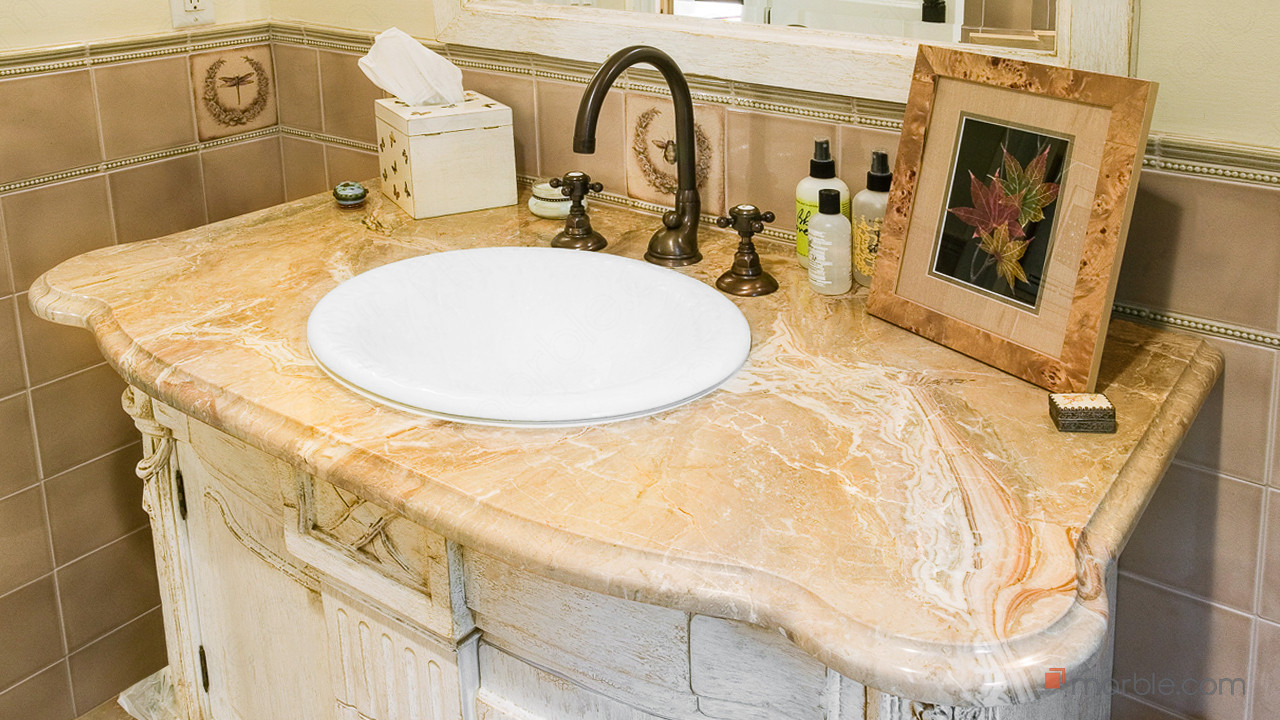
A common theme I hear from our fabrication and installation team is how often homeowners love to upgrade their homes with quartz countertops. The large variety of colors, low maintenance, and reliable durability makes quartz an excellent choice for home renovations.
Something homeowners do not always consider with their countertops is what type of edging they want. Countertop edging serves as a functional and aesthetic purpose, but it is so often overseen and undiscussed that people do not think of it.
Edging may not be the most important part of countertop installation, but it serves a purpose and should be considered as to what style you can install. Follow along as we discuss what makes countertop edging so important, and what is the best edging style for quartz countertops.
Why Choose Quartz Countertops
Modern interior designers and homeowners can agree that quartz countertops are functionally and fashionably stunning to install in a kitchen, bathroom, or indoor bar.
Quartz countertops are built differently from other stones. Quartz is artificially fabricated by combining large amounts of quartz mineral, binding it together with a resin, then dying it for striking and appealing designs. This artificial method of construction makes quartz countertops stronger than other stones, while imitating their appearance.
Because quartz countertops are engineered differently, they are sealed earlier in the fabrication stage to provide it with more resilience to stains and spills. Other stones like marble and granite need to be sealed every 6 months to 1 year to keep it healthy. Quartz is already sealed and ready to go at the moment of installation.
The only downside would be that quartz countertops can be a little expensive. But combining all these great benefits together, it is easy to see why quartz countertops are such a prize to own.
[get_quote]
What is Edging
Whether it is quartz, marble, or granite, countertops will come with some type of edging. Edging refers to the literal edge of a countertop being shaped into a specific design.
What is the Purpose of Edging
Edging is meant to protect countertops from chipping and damage from general wear and tear. Countertop edges prevent liquids like water or juice from spilling onto the floor and cabinets.
Visually speaking, countertop edges bring focus to the countertop. Having an edge gives the eye something to recognize and catch to see it is at the end of a specific space. Without an edge, the eye would transition directly from the countertop, onto anything else to feel a limited sense of separation.
Countertop edges can catch light better with their physical design, adding contrast and depth by bringing their shape into focus.
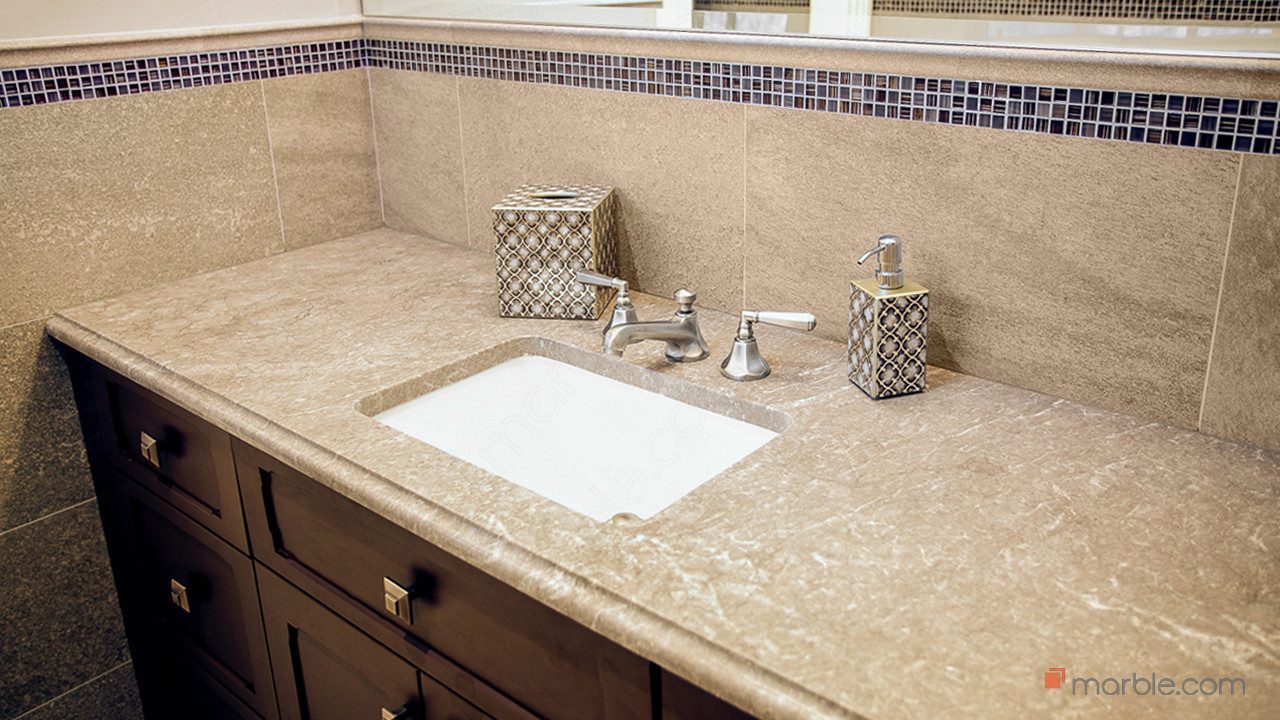
How Are Edges Formed
Countertop edges are sculpted with sophisticated machines which chisel the stone to fit a template. These machines can remember dozens of edging styles and fabricate the templates in minutes.
Types of Edging
There are 3 different types of edging available for stone countertops.
· Popular: Basic edging designs to fit a nice and neat aesthetic. In many situations, popular edging options come free with a purchase and installation fee with a stone countertop.
· Premium: More expensive options with higher detail.
· Laminated: Most expensive option combining 2 types of edging together for a thicker design and extra protection.
Our fabricators and laborers will discuss what edging options you want prior to installation, so when we arrive with your countertop, it will be installed quickly and good to go. Each of these edges can be viewed using our Edging Visualizer tool.
Choosing the Right Edge
When deciding which edge is better for your quartz countertops, the simplest answer is always the easiest. Popular edges are easy to chisel and are the most affordable.
Budget
Money is the key factor for most decisions in the modern day. If a homeowner has a budget to purchase a more stylized design, then they could splurge a bit to pay more for the premium or laminated edges. If they are on a budget and cannot afford the exotic edges, then a popular edge will suffice and still look good.
Space
Depending on the type of space and size of the countertops, certain edges would be more preferable than others. For example, a subtle and simple edge would add depth and thickness when chiseled on a thin and small countertop. Thicker countertops can have larger edges to fill out the space and size better.
Safety
For families that have children around, you know how treacherous it can be with a child running at full speed and bumping their head onto something above them. Simple and rounded edges are much safer for children or people who are accident prone as they do not have sharp edges. Alternatively, if someone is living alone and has moderate spatial awareness, they can install one of the options with a sharp corner.
Maintenance
Edges with more grooves and exotic designs require more effort to clean as dust, debris and other small messes can become wedged in their many corners and crevices. Simple edges which are straight or rounded are much easier to clean with a simple wipe down.
Style
Choose an edge that fits your style. If your kitchen feels really fancy, spend the extra money to get an equally fancy edge. If your kitchen is calmer, collected, and simple, have one of the straighter edges to match.
[get_quote]
Best Edging for Quartz Countertops
With a proper understanding of what edging is and why it is important to have one for your countertop, we can discuss what are the best edging options for quartz countertops. Keep in mind that these are based on the most selected options available. These are just a small sample of what is available on our website.
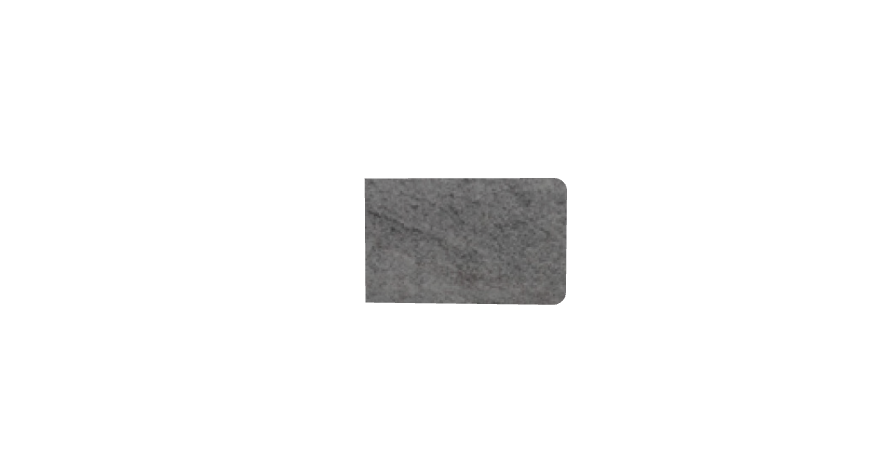
Straight
The Straight Edge is one of the popular edging options that adds style to any kitchen, bathroom, or indoor bar. It has a modern, sleek appearance to give clean lines and a simple fall off design. Straight edges can be placed on thin or thick slabs, giving them a sense of added depth. The rounded edge provides enough safety where injuries are minimal. Straight edges are by far the most chosen option and an excellent choice for quartz countertops.
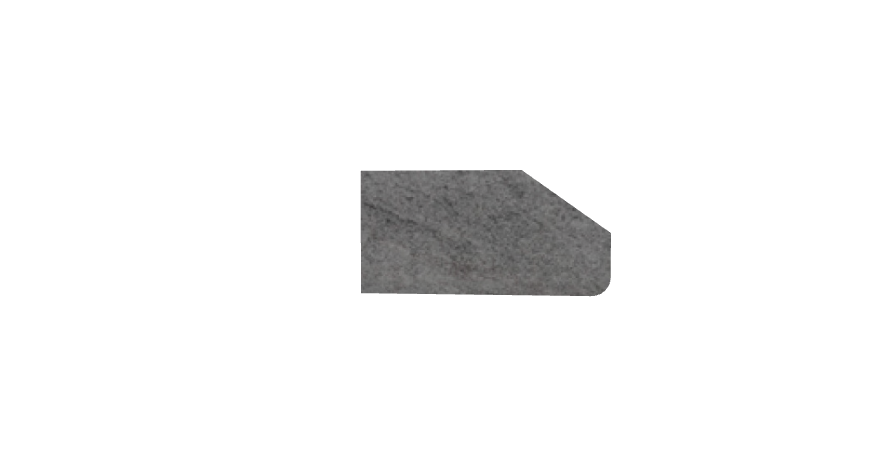
Half Bevel
A Half Bevel popular edge maintains the straight lines with an additional downward slope before the fall off. This edge will allow liquids and spills to effortlessly flow right off the countertop to avoid touching your lovely cabinets underneath. The rounded bottom edge is a safety measure to limit the risk of injury from bending down or little children running afoot.

Quarter Bevel
A Quarter Bevel popular edge is a bit shorter than the Half Bevel but casts an image of thick countertops. It adds extra shape to the countertop while still providing a smooth transition for water to easily run off without harming the cabinets underneath. Quarter Bevel edges represent the idea that less is more with edging.

Full Bullnose
The Full Bullnose popular edge is the perfect design for a simple, rounded appearance. It provides a smooth and fluid feel where you can lean against it and glide across your countertop. This edge provides a little more personality and design than the Bevels or Straight edges, while still offering the same amount of support.
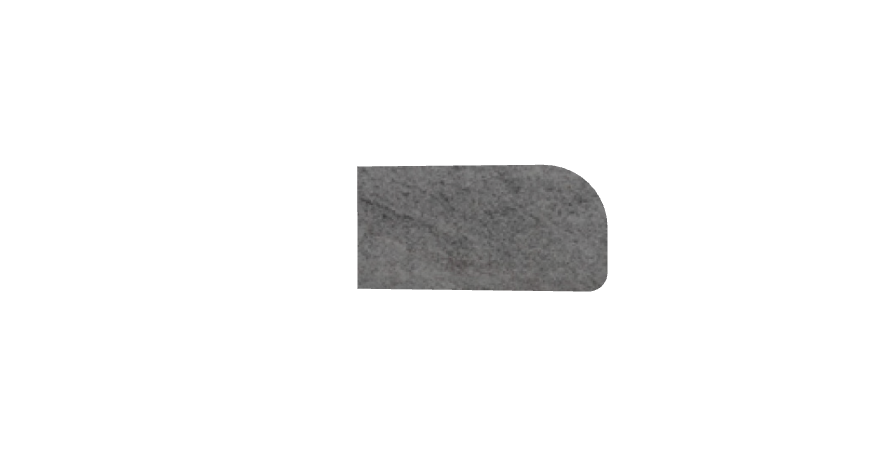
Half Bullnose
Similar to the Full Bullnose, the Half Bullnose popular edge has a rounded and smooth look to add character to your countertops, while still providing it with protection by leading any spills away from your cabinets. This edge has a rounded top, with a smooth curved bottom to have zero straight or sharp edges.
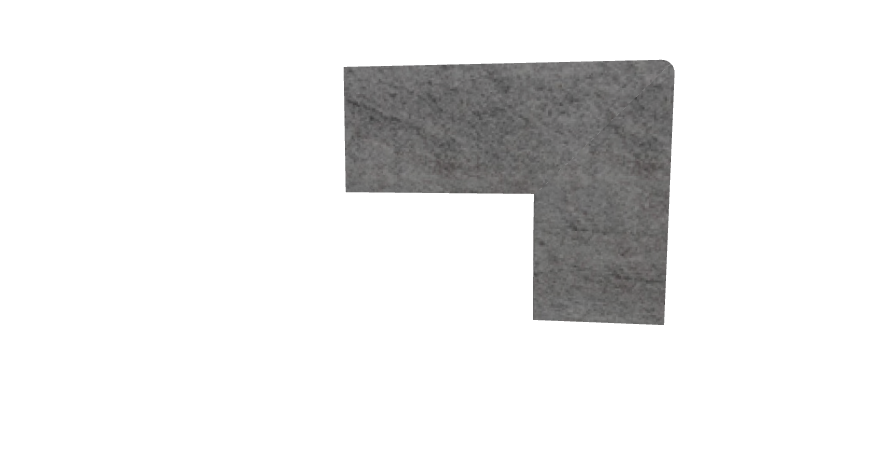
Mitered
Mitered edges are the perfect example of a laminate edge as it combines two straight edges together to form a streamlined look for a modern kitchen countertop. The glossy flat top leads right into a straight down drop-off, but the thick edge provides plenty of coverage for your cabinets. Mitered edges come in a few options but the simplest and most effective to add extra depth without having too much design is the double straight Mitered look.
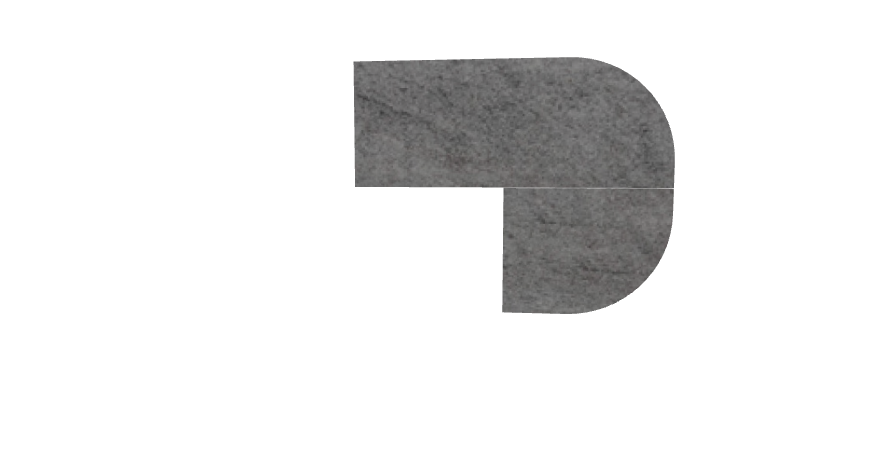
Laminate Bullnose
The Laminate Bullnose edge has the straight edge top with an extra Bullnose curve to give the illusion of added depth to the countertop. It has excellent coverage for cabinets, a smooth edge for easy cleaning, and a thick rounded bottom with minimal chance of injury. A small sharp edge hangs at the inner edge, so take caution not to get anything loose caught on it.
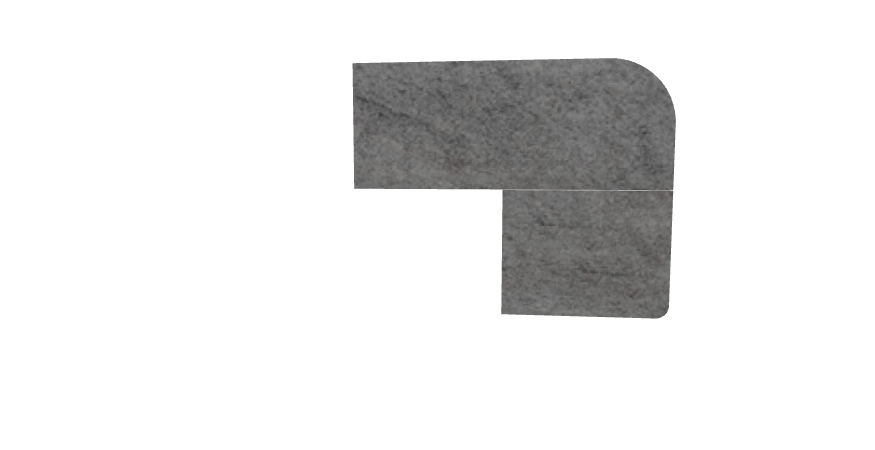
Round-Straight
The Round-Straight gives the impression of a round profile top and a straight bottom of extra coverage and design. This edge also adds depth to the countertop and can make thin countertops look thicker.
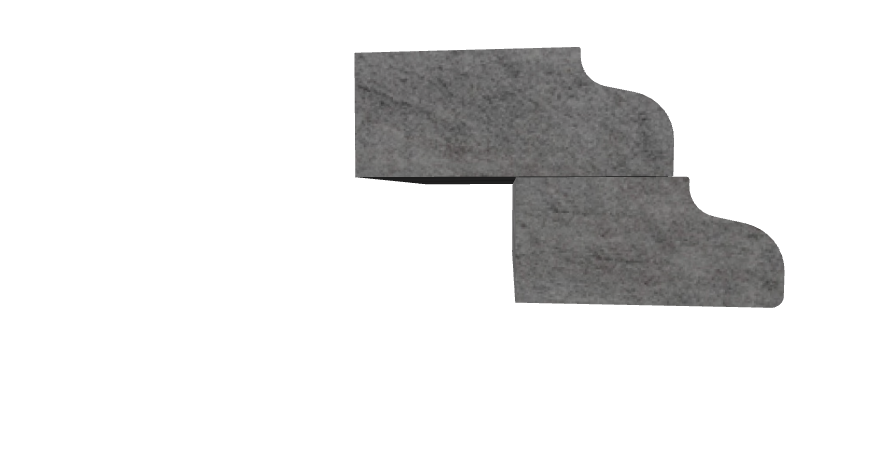
Laminate Ogee
Laminate Ogee combines the premium options of Ogee edging together to create a double-layered cascading edge. The grooves are more stylish than the other edges, starting with the basic straight top into a nice curve, before dropping onto a repeated edge with another curve. This edge does have a few sharp edges, so caution should be taken if there are children present or accident-prone individuals.

Cove Dupont-Ogee
If you want an edge that will catch your attention and protect your cabinets well, then the Cove Dupont-Ogee edge will be your best option. This edge combines the Cove Dupont and Ogee premium edges together to create the ultimate premium countertop edge to dazzle your guests.
Conclusion
When choosing what edge to select with your quartz countertops, you should always consider how much you are able to spend and what style do you have with your kitchen. There are dozens of edge options available on our website for you to view anytime. You can also schedule an appointment with us and speak with a professional to go over what edge options will best work for your home.














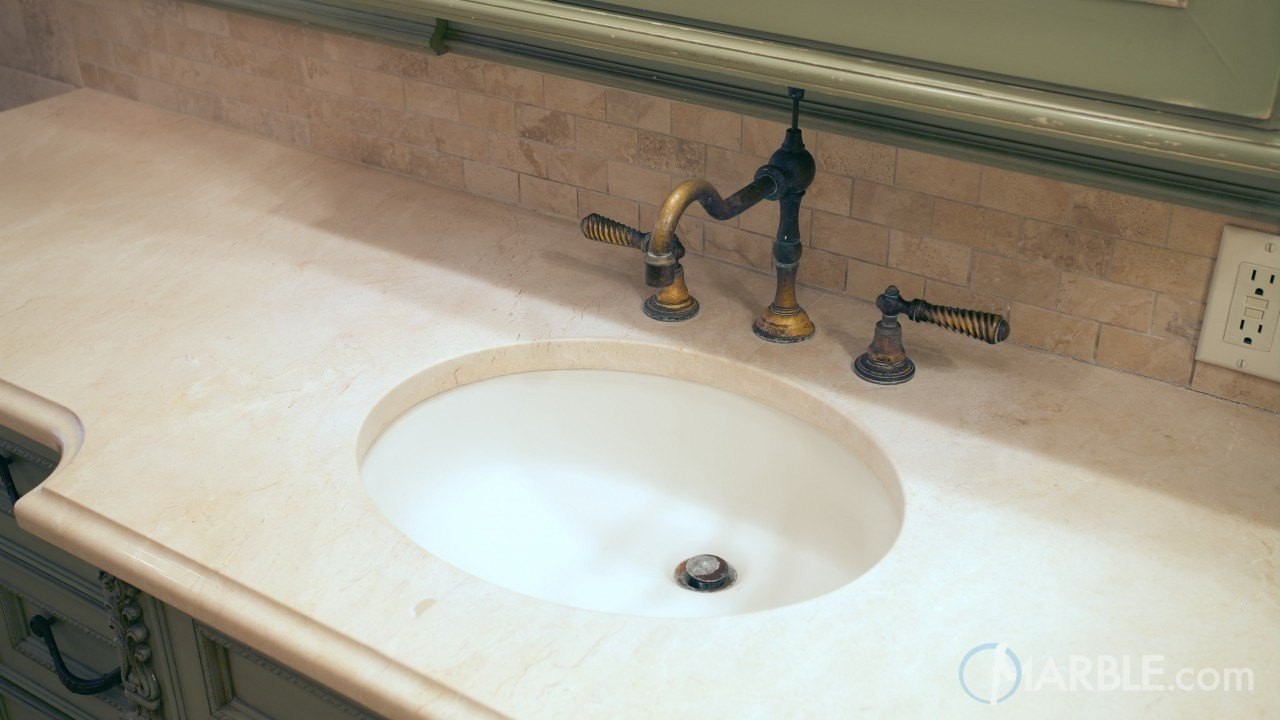
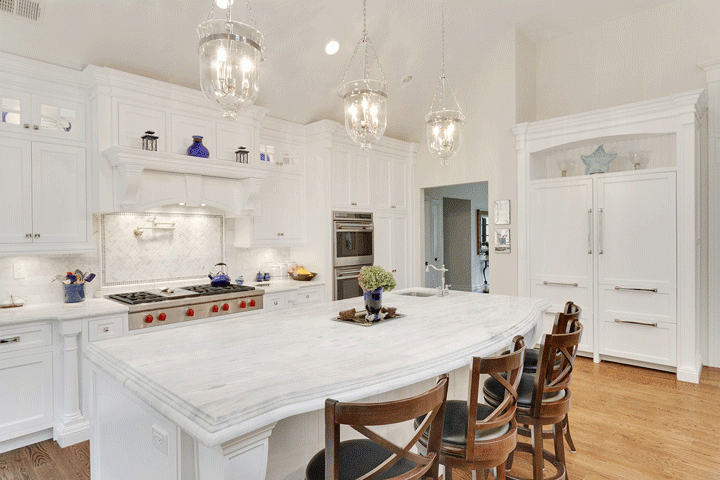
 The article helped me immensely
The article helped me immensely
 I’m now more informed on the subject
I’m now more informed on the subject
 I have questions about Marble.com
I have questions about Marble.com
 The article was not accurate at all
The article was not accurate at all
 There is a serious lack of information
There is a serious lack of information
 I have questions about Marble.com
I have questions about Marble.com